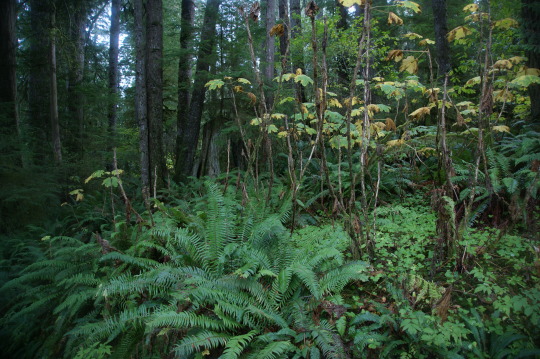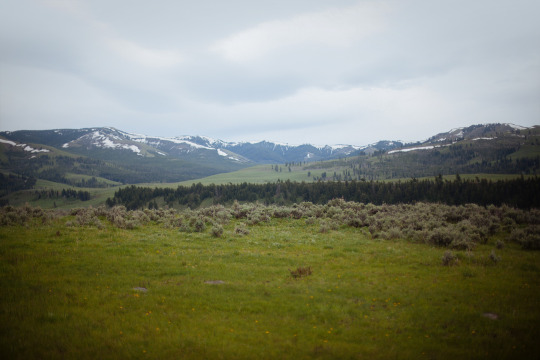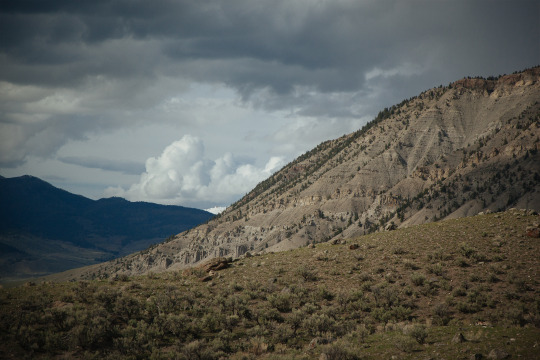Text

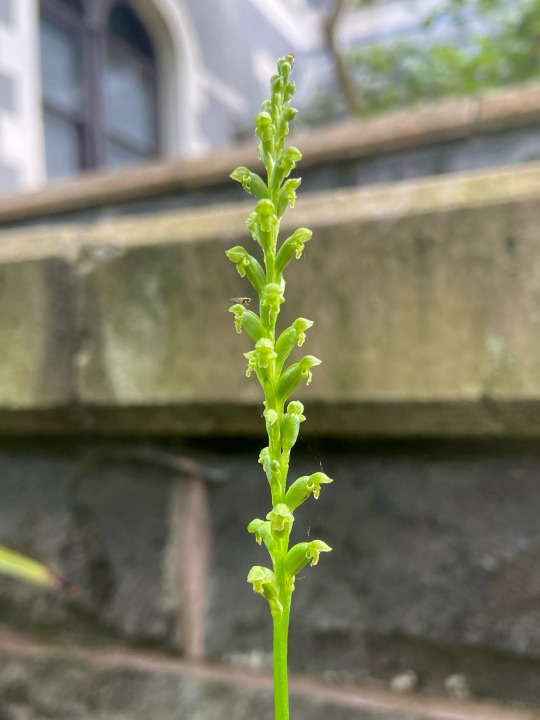

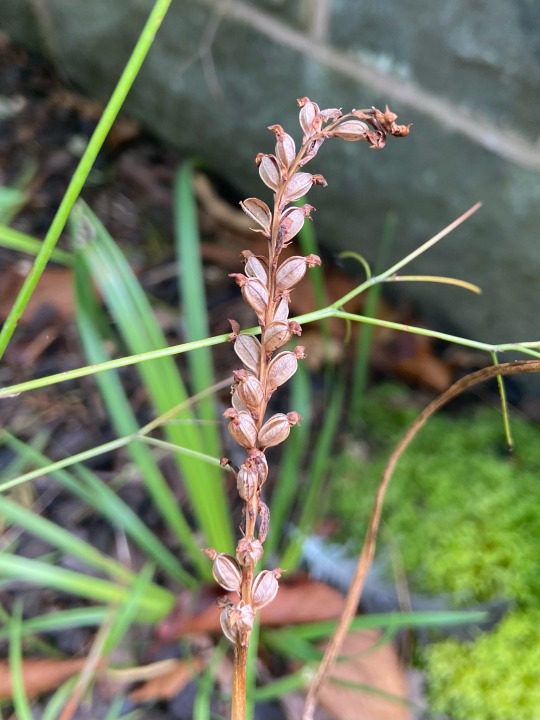
summer to autumn with an onion orchid (Microtis unifolia)
14 notes
·
View notes
Photo

A whale fossil is seen near Brazil’s Commandante Ferraz Antarctic Station, located in Admiralty Bay, King George Island, Antarctica, on November 25, 2008. # - Paulo Whitaker / Reuters
35K notes
·
View notes
Text


A horseshoe crab being a home to other sea creatures!
30K notes
·
View notes
Text


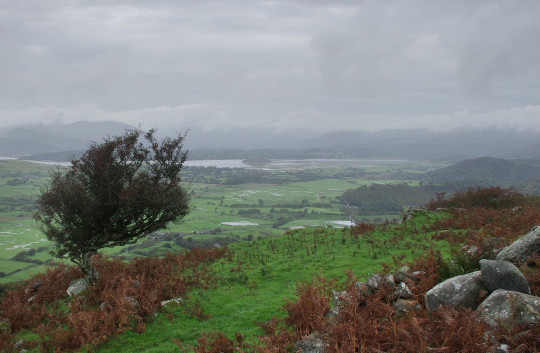
Impressively fruitful hawthorns on the escarpment above Harlech, Gwynedd.
1K notes
·
View notes
Text
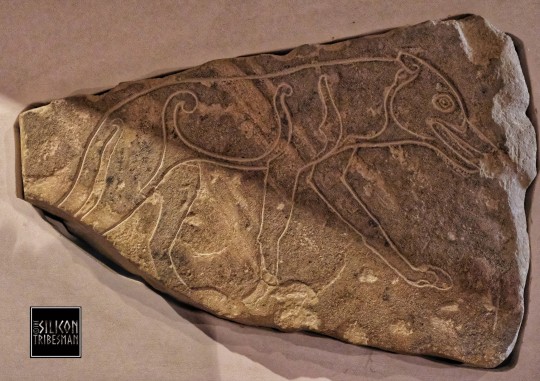


Inscribed Pictish Wolf Symbol Stone, Inverness Museum and Gallery, Inverness, Scotland
432 notes
·
View notes
Text

†Auroch (Bos primigenius)
Art credit: José Antoni
These giant prehistoric cattle lived in a variety of habitats during the ice age, from Europe, North Africa, and the Middle East, to India and East Asia. They were a significant animal to hundreds of cultures, featuring in European cave art, Babylonian murals, ancient Egyptian temples, and more. But over thousands of years they declined in region after region, and finally went extinct in 1627. But their effect on human history did not end there- aurochs were domesticated at least twice, and their descendants are modern cattle!
28 notes
·
View notes
Text


Woodcock Orchid - Flor-dos-passarinhos (Ophrys scolopax)
Loures/Portugal (4/04/2024)
[Nikon D850; AF 105mm Micro-Nikkor F2,8 with Circular Flash Nissin MF 18; 1/250s; 400 ISO]
19 notes
·
View notes
Text

Sombre-bee Orchid - Moscardo-maior (Ophrys fusca)
Cascais/Portugal (1/04/2024)
[Nikon D850; AF 105mm Micro-Nikkor F2,8 with Circular Flash Nissin MF 18; 1/250s; F20; 400 ISO]
18 notes
·
View notes
Text



My first zine!! 🐛✨💕
Physical copies and a (pay what you want) digital download of the zine is available in my ko-fi shop!
2K notes
·
View notes
Photo
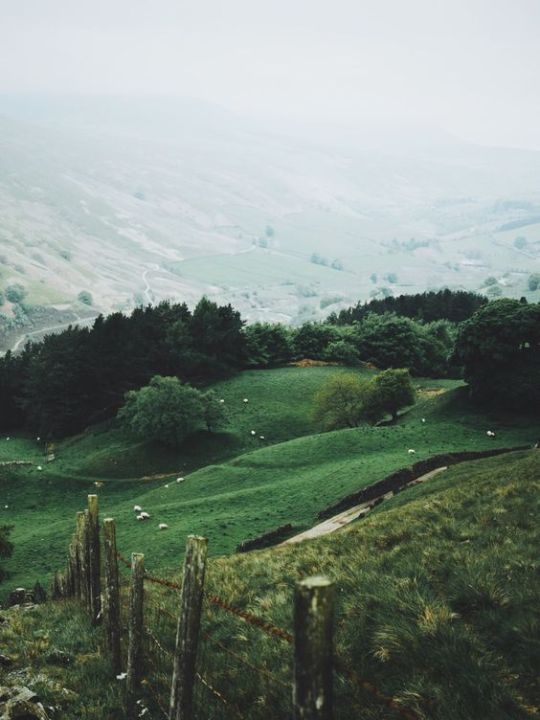
Daniel Casson, Upper Derwent Valley, Ireland. 2019
26K notes
·
View notes
Text

Oh Lancelot, loved by the king, loved by the queen
Another Arthuriana idea I had for a while. Guinevere design is much inspired by William de Leftwich Dodge illustration

5K notes
·
View notes
Text
"The Yurok will be the first Tribal nation to co-manage land with the National Park Service under a historic memorandum of understanding signed on Tuesday [March 19, 2024] by the tribe, Redwood national and state parks, and the non-profit Save the Redwoods League, according to news reports.
The Yurok tribe has seen a wave of successes in recent years, successfully campaigning for the removal of a series of dams on the Klamath River, where salmon once ran up to their territory, and with the signing of a new memorandum of understanding, the Yurok are set to reclaim more of what was theirs.
Save the Redwoods League bought a property containing these remarkable trees in 2013, and began working with the tribe to restore it, planting 50,000 native plants in the process. The location was within lands the Yurok once owned but were taken during the Gold Rush period.
Centuries passed, and by the time it was purchased it had been used as a lumber operation for 50 years, and the nearby Prairie Creek where the Yurok once harvested salmon had been buried.
Currently located on the fringe of Redwoods National and State Parks which receive over 1 million visitors every year and is a UNESCO Natural Heritage Site, the property has been renamed ‘O Rew, a Yurok word for the area.
“Today we acknowledge and celebrate the opportunity to return Indigenous guardianship to ‘O Rew and reimagine how millions of visitors from around the world experience the redwoods,” said Sam Hodder, president and CEO of Save the Redwoods League.
Having restored Prarie Creek and filled it with chinook and coho salmon, red-legged frogs, northwestern salamanders, waterfowl, and other species, the tribe has said they will build a traditional village site to showcase their culture, including redwood-plank huts, a sweat house, and a museum to contain many of the tribal artifacts they’ve recovered from museum collections.
Believing the giant trees sacred, they only use fallen trees to build their lodges.
“As the original stewards of this land, we look forward to working together with the Redwood national and state parks to manage it,” said Rosie Clayburn, the tribe’s cultural resources director.
It will add an additional mile of trails to the park system, and connect them with popular redwood groves as well as new interactive exhibits.
“This is a first-of-its-kind arrangement, where Tribal land is co-stewarded with a national park as its gateway to millions of visitors. This action will deepen the relationship between Tribes and the National Park Service,” said Redwoods National Park Superintendent Steve Mietz, adding that it would “heal the land while healing the relationships among all the people who inhabit this magnificent forest.”"
-via Good News Network, March 25, 2024
5K notes
·
View notes

